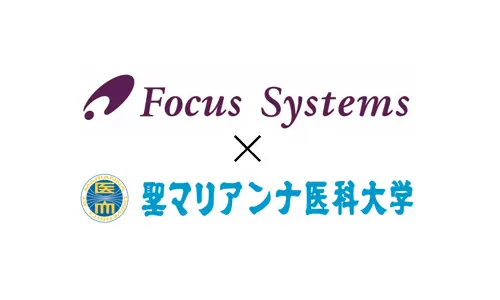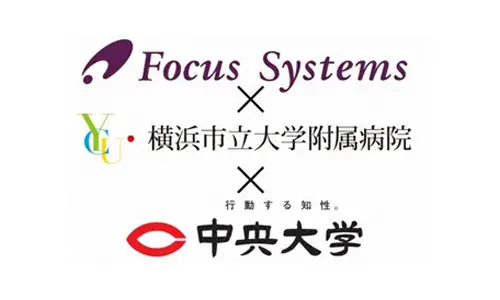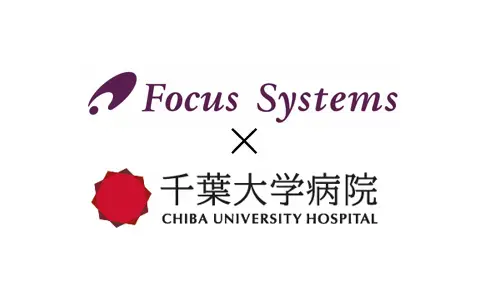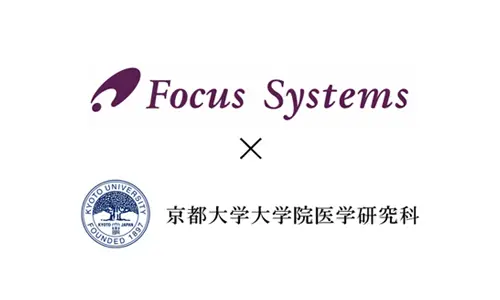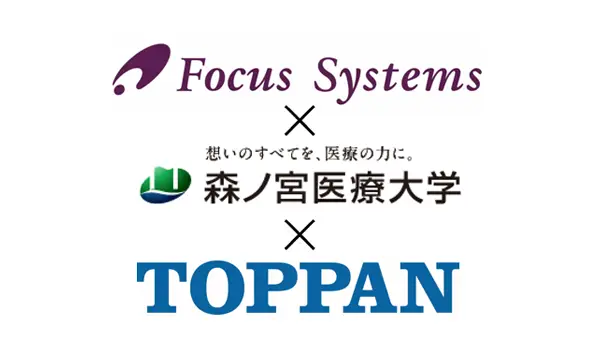AI for determining the progress of bedsores


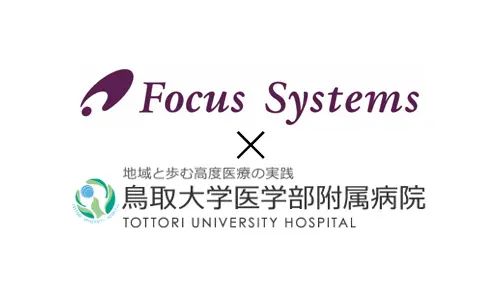
table of contents
notice
June 3, 2024: A paper on this project was published in the Journal of Tissue Viability.
A paper by Dr. Ikuta Taketo of the Department of Plastic Surgery at Tottori University Hospital, who is collaborating on this project, was published in the Journal of Tissue Viability .
April 15, 2024: Presentation at the 67th General Meeting and Academic Conference of the Japanese Society of Plastic and Reconstructive Surgery
Dr. Taketo Ikuta of the Department of Plastic Surgery at Tottori University Hospital, who is collaborating on this project, gave a presentation titled "Innovations for creating an artificial intelligence model that efficiently evaluates the depth of pressure ulcers using limited training data" at the 67th General Meeting and Academic Conference of the Japanese Society of Plastic Surgery .
Introduction: To provide appropriate treatment to each individual
In collaboration with the Department of Plastic Surgery at Tottori University Hospital, we are developing a support tool that uses AI image assessment to enable observers to easily determine the progression of bedsores*¹. By providing highly accurate assessment results from AI, not only doctors but also nurses and caregivers will be able to provide appropriate treatment for each patient based on their degree of progression.
(*¹) Part of the skin becomes reddish, swollen, or scarred due to poor blood flow or stagnation in areas that are compressed by the body's weight, such as due to being bedridden. Also commonly referred to as "bedsores"
Background: Judgment of pressure ulcer progress is left to subjectivity
The degree of progression of a pressure ulcer is quantified according to seven items (depth, exudate, size, inflammation/infection, granulation tissue, necrotic tissue, pockets) of the DESIGN-R®*² (bed ulcer status determination scale) index. will be evaluated by doing so. However, each item is often evaluated without using measuring instruments, and it tends to be left to the observational ability and subjectivity of the observer.
(*²) Source “Revised DESIGN-R®2020” Japan Pressure Ulcer Society
Content:Development of medical treatment support tools using image judgment AI
In this initiative, we use multiple machine learning methods based on image data classified by severity of pressure ulcers to build a highly accurate model for determining the status of pressure ulcers, allowing observers to easily judge the degree of progress of pressure ulcers from photos of pressure ulcer wounds. We aim to develop possible tools.
Expectation: Giving back free time to patients through accurate diagnosis
By implementing this tool, it is possible to eliminate dependence on the observer's observation ability and differences in judgment. As a result, medical professionals will be able to provide detailed care that is tailored to the patient's progress, which will help alleviate the patient's pain and caregivers' caregiving burden. It is also expected to reduce medical costs.
*The names of our products and services posted on this page are trademarks or registered trademarks of our company. Other company names, product names, service names, etc. are trade names, trademarks, or registered trademarks of each company.
Achievements left behind
48 years since its establishment.
We have a proven track record because we have focused on what is important.
It has a long track record in both the public and private sectors.
Number of projects per year
500 PJ
Annual number of business partners/customers
200 companies
Maximum number of trading years
47 years
Total number of qualified persons
1,870 people

